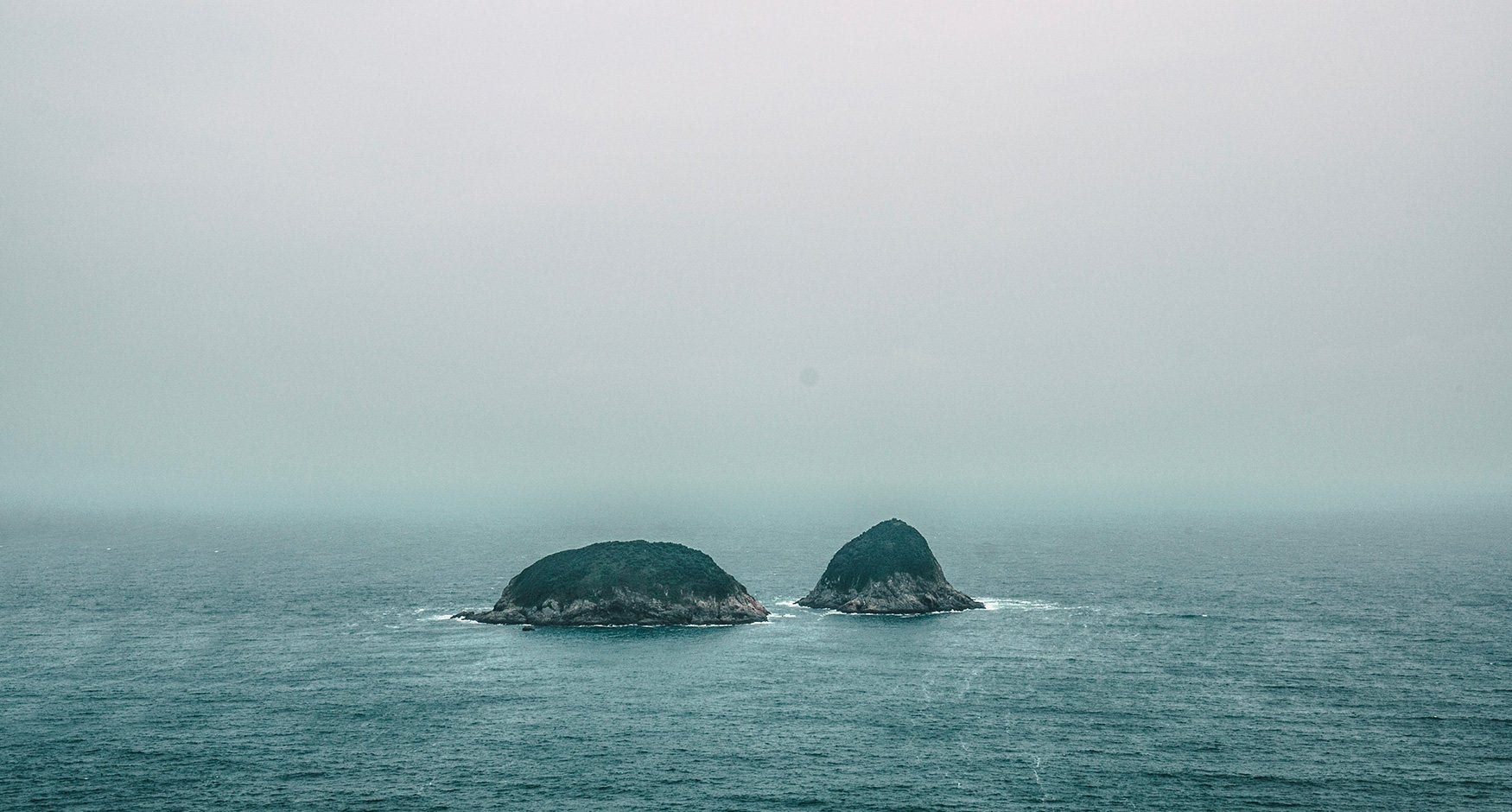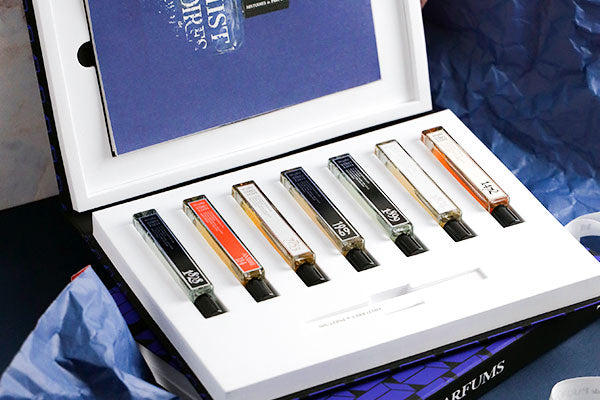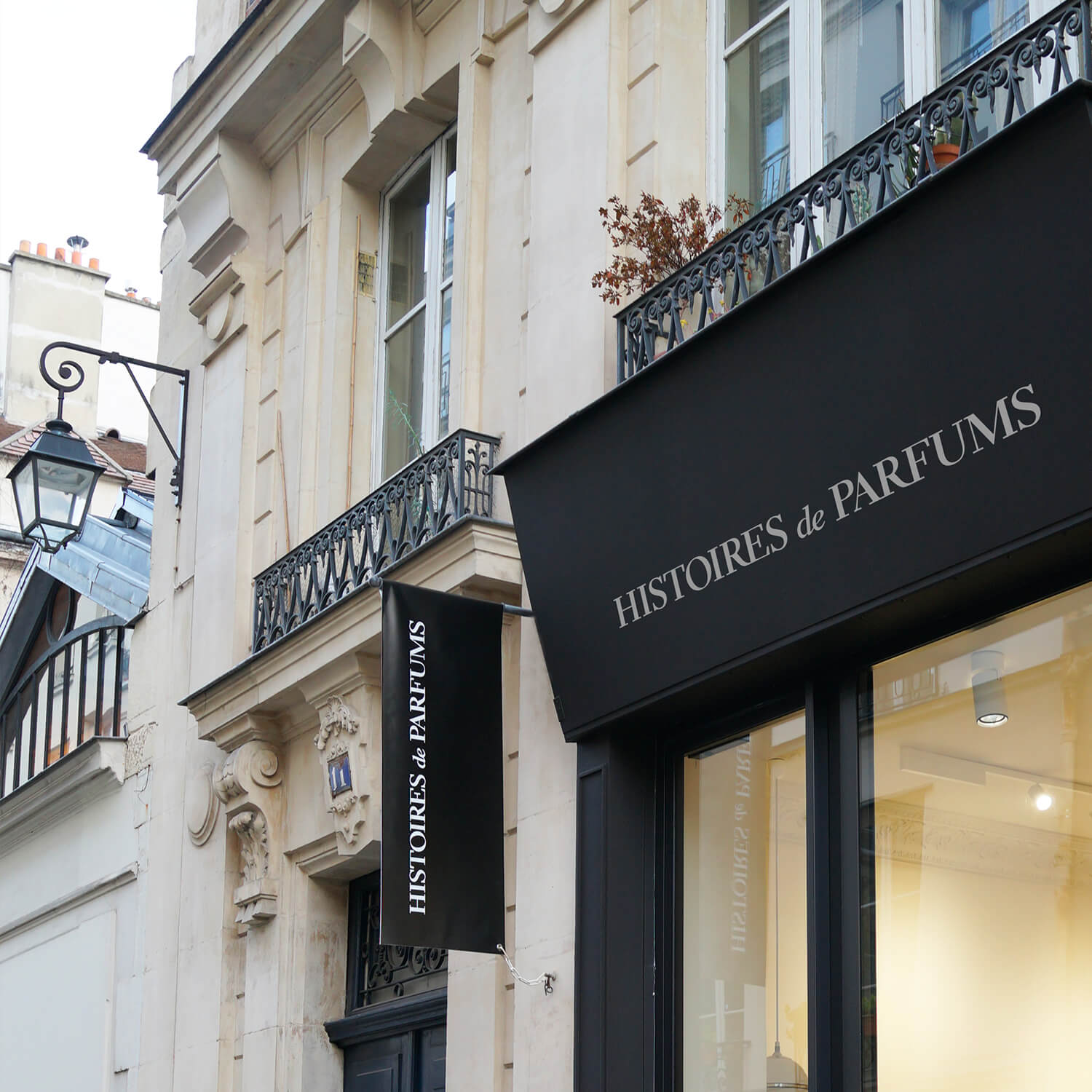
Ambroxan

Ambergris, an exceptional, but mysterious material
Natural ambergris is a natural secretion of the cachalot, who, after stuffing itself with octopus, calamari and other seafood discharges this precious material. Ambergris takes the shape of a rock that will drift for years with the ocean's current until it reaches the coasts of the Oceanic islands. The longer the rocks stay in the water, the more they absorb iodine, making their scent even stronger.
At no point is the cachalot killed or mistreated in the process of gathering ambergris, which justifies why the material is not part of CITES*
However, the amount of ambergris collected each year is entirely random, such as is its quality. Thus, to satisfy perfumers demands, the perfume industry has been working to find a synthetic substitute.

Ambroxan, a silky and persistent alternative
Ambroxan was developed in the 1950's and used as a replacement for ambergris, largely used in oriental fragrances.
This expensive new product is entirely synthetic. It diffuses the fragrance, adds intensity, and holds all the same characteristics of ambergris, raw and clean at the same time as it is woody and amber based is most likely what makes it so addictive.
In other respects, it is also an amazing fixer, and its fragrance is milder than those of other synthetic amber-based scents such as Ambermac or Karanal.
Its silky, transparent, shimmery and almost crystalline facets takes us to a pure and mineral ocean-spray
(*the Convention on International Trade in Engendered Species of Wild Fauna and Flora)





